Capital One 2011 Annual Report Download - page 166
Download and view the complete annual report
Please find page 166 of the 2011 Capital One annual report below. You can navigate through the pages in the report by either clicking on the pages listed below, or by using the keyword search tool below to find specific information within the annual report.-
 1
1 -
 2
2 -
 3
3 -
 4
4 -
 5
5 -
 6
6 -
 7
7 -
 8
8 -
 9
9 -
 10
10 -
 11
11 -
 12
12 -
 13
13 -
 14
14 -
 15
15 -
 16
16 -
 17
17 -
 18
18 -
 19
19 -
 20
20 -
 21
21 -
 22
22 -
 23
23 -
 24
24 -
 25
25 -
 26
26 -
 27
27 -
 28
28 -
 29
29 -
 30
30 -
 31
31 -
 32
32 -
 33
33 -
 34
34 -
 35
35 -
 36
36 -
 37
37 -
 38
38 -
 39
39 -
 40
40 -
 41
41 -
 42
42 -
 43
43 -
 44
44 -
 45
45 -
 46
46 -
 47
47 -
 48
48 -
 49
49 -
 50
50 -
 51
51 -
 52
52 -
 53
53 -
 54
54 -
 55
55 -
 56
56 -
 57
57 -
 58
58 -
 59
59 -
 60
60 -
 61
61 -
 62
62 -
 63
63 -
 64
64 -
 65
65 -
 66
66 -
 67
67 -
 68
68 -
 69
69 -
 70
70 -
 71
71 -
 72
72 -
 73
73 -
 74
74 -
 75
75 -
 76
76 -
 77
77 -
 78
78 -
 79
79 -
 80
80 -
 81
81 -
 82
82 -
 83
83 -
 84
84 -
 85
85 -
 86
86 -
 87
87 -
 88
88 -
 89
89 -
 90
90 -
 91
91 -
 92
92 -
 93
93 -
 94
94 -
 95
95 -
 96
96 -
 97
97 -
 98
98 -
 99
99 -
 100
100 -
 101
101 -
 102
102 -
 103
103 -
 104
104 -
 105
105 -
 106
106 -
 107
107 -
 108
108 -
 109
109 -
 110
110 -
 111
111 -
 112
112 -
 113
113 -
 114
114 -
 115
115 -
 116
116 -
 117
117 -
 118
118 -
 119
119 -
 120
120 -
 121
121 -
 122
122 -
 123
123 -
 124
124 -
 125
125 -
 126
126 -
 127
127 -
 128
128 -
 129
129 -
 130
130 -
 131
131 -
 132
132 -
 133
133 -
 134
134 -
 135
135 -
 136
136 -
 137
137 -
 138
138 -
 139
139 -
 140
140 -
 141
141 -
 142
142 -
 143
143 -
 144
144 -
 145
145 -
 146
146 -
 147
147 -
 148
148 -
 149
149 -
 150
150 -
 151
151 -
 152
152 -
 153
153 -
 154
154 -
 155
155 -
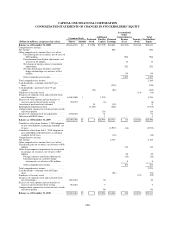 156
156 -
 157
157 -
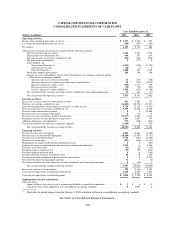 158
158 -
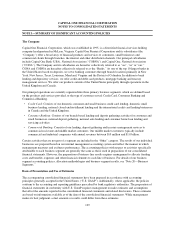 159
159 -
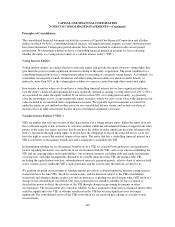 160
160 -
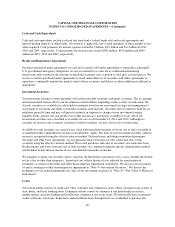 161
161 -
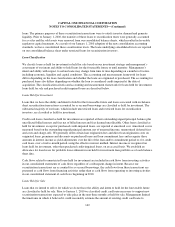 162
162 -
 163
163 -
 164
164 -
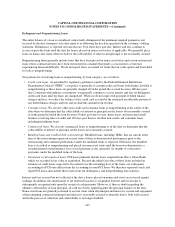 165
165 -
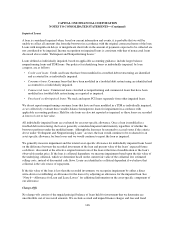 166
166 -
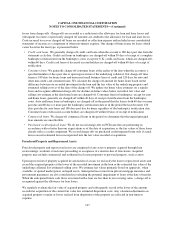 167
167 -
 168
168 -
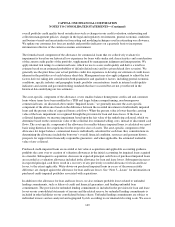 169
169 -
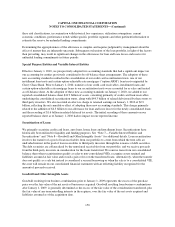 170
170 -
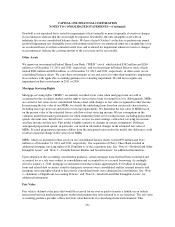 171
171 -
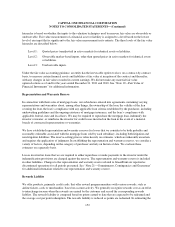 172
172 -
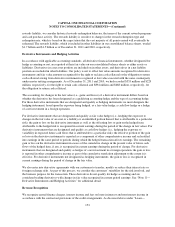 173
173 -
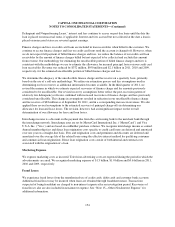 174
174 -
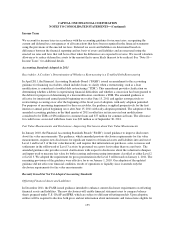 175
175 -
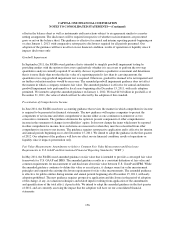 176
176 -
 177
177 -
 178
178 -
 179
179 -
 180
180 -
 181
181 -
 182
182 -
 183
183 -
 184
184 -
 185
185 -
 186
186 -
 187
187 -
 188
188 -
 189
189 -
 190
190 -
 191
191 -
 192
192 -
 193
193 -
 194
194 -
 195
195 -
 196
196 -
 197
197 -
 198
198 -
 199
199 -
 200
200 -
 201
201 -
 202
202 -
 203
203 -
 204
204 -
 205
205 -
 206
206 -
 207
207 -
 208
208 -
 209
209 -
 210
210 -
 211
211 -
 212
212 -
 213
213 -
 214
214 -
 215
215 -
 216
216 -
 217
217 -
 218
218 -
 219
219 -
 220
220 -
 221
221 -
 222
222 -
 223
223 -
 224
224 -
 225
225 -
 226
226 -
 227
227 -
 228
228 -
 229
229 -
 230
230 -
 231
231 -
 232
232 -
 233
233 -
 234
234 -
 235
235 -
 236
236 -
 237
237 -
 238
238 -
 239
239 -
 240
240 -
 241
241 -
 242
242 -
 243
243 -
 244
244 -
 245
245 -
 246
246 -
 247
247 -
 248
248 -
 249
249 -
 250
250 -
 251
251 -
 252
252 -
 253
253 -
 254
254 -
 255
255 -
 256
256 -
 257
257 -
 258
258 -
 259
259 -
 260
260 -
 261
261 -
 262
262 -
 263
263 -
 264
264 -
 265
265 -
 266
266 -
 267
267 -
 268
268 -
 269
269 -
 270
270 -
 271
271 -
 272
272 -
 273
273 -
 274
274 -
 275
275 -
 276
276 -
 277
277 -
 278
278 -
 279
279 -
 280
280 -
 281
281 -
 282
282 -
 283
283 -
 284
284 -
 285
285 -
 286
286 -
 287
287 -
 288
288 -
 289
289 -
 290
290 -
 291
291 -
 292
292 -
 293
293 -
 294
294 -
 295
295 -
 296
296 -
 297
297 -
 298
298
 |
 |
CAPITAL ONE FINANCIAL CORPORATION
NOTES TO CONSOLIDATED STATEMENTS—(Continued)
Impaired Loans
A loan is considered impaired when, based on current information and events, it is probable that we will be
unable to collect all amounts due from the borrower in accordance with the original contractual terms of the loan.
Loans with insignificant delays or insignificant short falls in the amount of payments expected to be collected are
not considered to be impaired. Income recognition on impaired loans is consistent with that of nonaccrual loans
discussed above under “Delinquent and Nonperforming Loans.”
Loans defined as individually impaired, based on applicable accounting guidance, include larger balance
nonperforming loans and TDR loans. Our policies for identifying loans as individually impaired, by loan
category, are as follows:
•Credit card loans: Credit card loans that have been modified in a troubled debt restructuring are identified
and accounted for as individually impaired.
•Consumer loans: Consumer loans that have been modified in a troubled debt restructuring are identified and
accounted for as individually impaired.
•Commercial loans: Commercial loans classified as nonperforming and commercial loans that have been
modified in a troubled debt restructuring are reported as impaired.
•Purchased credit-impaired loans: We track and report PCI loans separately from other impaired loans.
We do not report nonperforming consumer loans that have not been modified in a TDR as individually impaired,
as we collectively evaluate these smaller-balance homogenous loans for impairment in accordance with
applicable accounting guidance. Held for sale loans are also not reported as impaired, as these loans are recorded
at lower of cost or fair value.
All individually impaired loans are evaluated for an asset-specific allowance. Once a loan is modified in a
troubled debt restructuring, the loan is generally considered impaired until maturity regardless of whether the
borrower performs under the modified terms. Although the loan may be returned to accrual status if the criteria
above under “Delinquent and Nonperforming Loans” are met, the loan would continue to be evaluated for an
asset-specific allowance for loan losses and we would continue to report the loan as impaired.
We generally measure impairment and the related asset-specific allowance for individually impaired loans based
on the difference between the recorded investment of the loan and present value of the loans’ expected future
cash flows, discounted at the effective original interest rate of the loan at the time of modification or the loan’s
observable market price. If the loan is collateral dependent, we measure impairment based upon the fair value of
the underlying collateral, which we determine based on the current fair value of the collateral less estimated
selling costs, instead of discounted cash flows. Loans are identified as collateral dependent if we believe that
collateral is the sole source of repayment.
If the fair value of the loan is less than the recorded investment, we recognize impairment by either a direct
write-down or establishing an allowance for the loan or by adjusting an allowance for the impaired loan. See
“Note 6—Allowance for Loan and Lease Losses” for additional information on the asset-specific component of
our allowance.
Charge-Offs
Net charge-offs consist of the unpaid principal balance of loans held for investment that we determine are
uncollectible, net of recovered amounts. We exclude accrued and unpaid finance charges and fees and fraud
146
